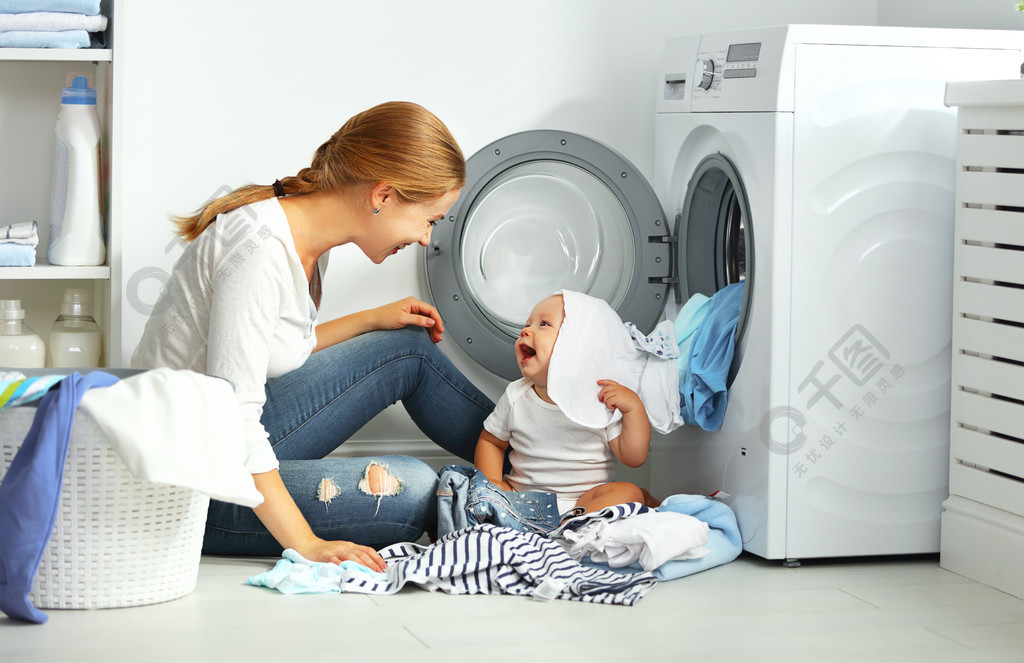When babies are young, they often encounter nasal congestion issues, which not only affect breathing but may even endanger their lives. However, due to the delicate nasal bones of babies, extra caution must be taken during cleaning. Here are some gentle and effective nasal cleaning methods that may help parents.
When cleaning a baby’s nostrils, avoid using hands directly to prevent injuring the fragile nasal mucosa. It is recommended to use a cotton swab to gently wipe away nasal mucus. If the secretions have dried, you can first moisten the cotton swab with water, soften it, and then clean. Be careful during the process to avoid going deep into the nasal cavity and ensure gentle movements.
If you can see hardened nasal secretions, you can use infant-specific cotton swabs dipped in a small amount of water to gently remove them from the edge of the nostril, being careful not to touch the inner nasal wall to prevent causing the baby to sneeze.
For hardened nasal crusts, you can soften them by dripping 1-2 drops of water, breast milk, or cow milk, waiting for about 1-2 minutes, then gently removing them with a dry cotton swab, ensuring the cotton swab does not touch the inner nasal cavity to minimize irritation.
A nasal aspirator is another option, especially for clearing nasal mucus, but should be used with caution. When operating, gently flatten the nasal aspirator and insert it into the nostril, slowly release the suction, and make sure to be gentle. It is best to try when the baby is calm or asleep to avoid forcible fixation, which may cause aversion.
If nasal congestion is severe, it is advisable to consult a doctor, as professional tools may be needed for assistance.
During nasal cleaning, pay attention to the following:
When using cotton swabs, be careful to prevent scraping the nasal mucosa.
Babies naturally self-clean their nasal passages by sneezing; sneezing in response to cold air is normal and not a cause for concern unless accompanied by a runny nose.
Sometimes, doctors may recommend using warm and humid steam to relieve nasal congestion, such as briefly letting the baby inhale steam in the bathroom to clear nasal mucus.
In winter when using heaters, indoor air can become dry, so placing a humidifier to increase humidity can create a comfortable breathing environment for the baby.
Throughout the entire cleaning process, ensure safe operation and carefully protect the delicate nasal cavity of the baby.


